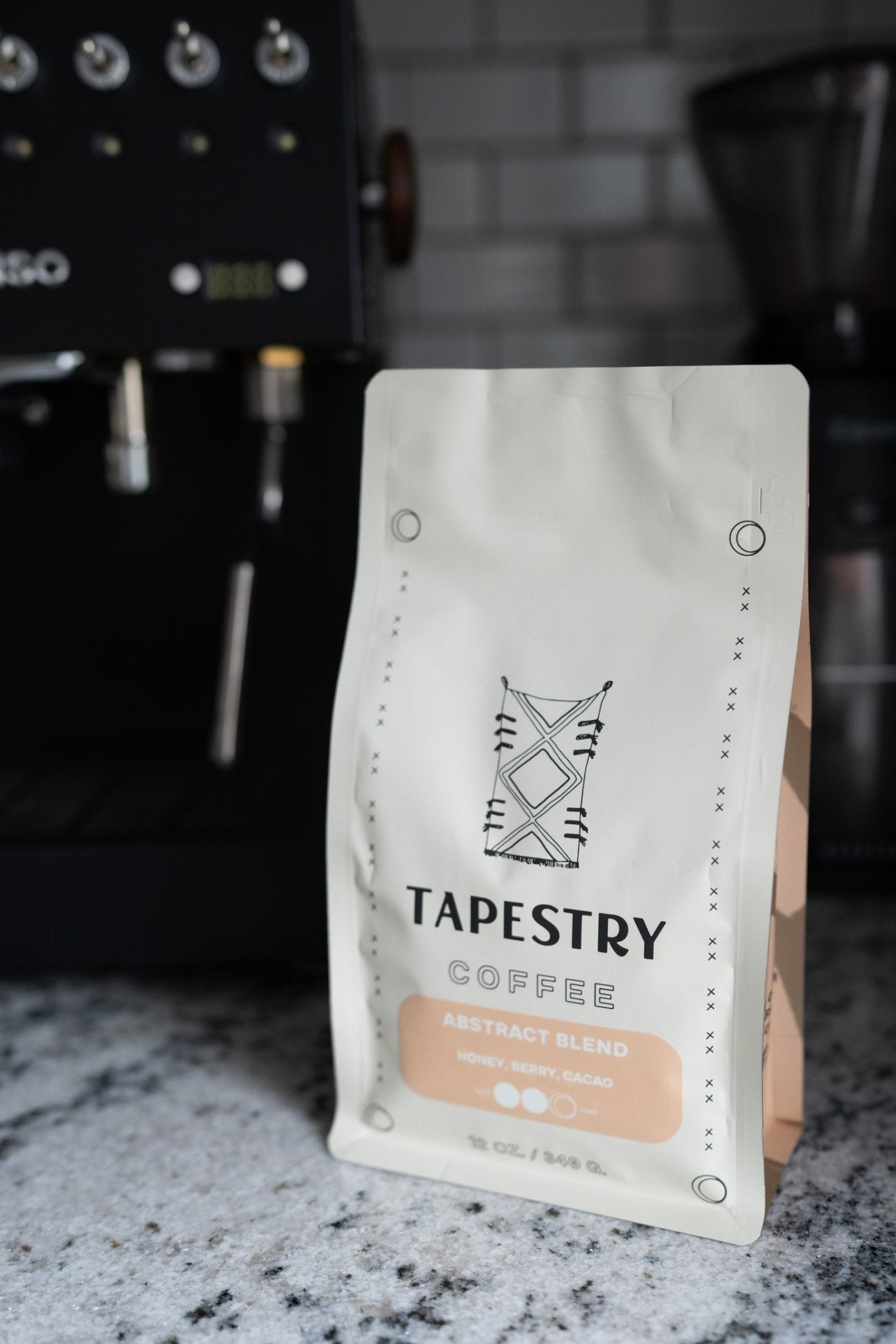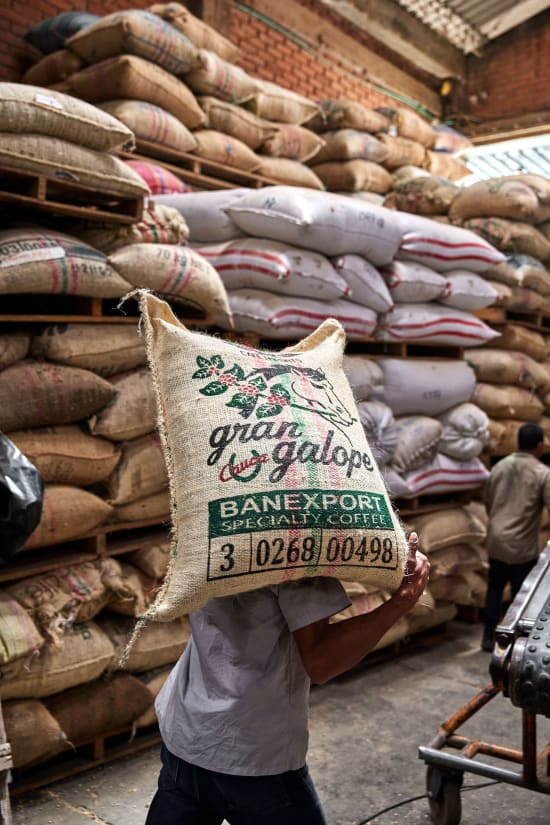
If you're a coffee drinker, chances are you've heard of pour over coffee and might be interested in different pour over methods. Pour over coffee is made by slowly pouring hot water over ground coffee beans, allowing them to brew evenly. This process of pour over methods results in a cup of coffee that is rich in flavor and free of bitterness.
There are several different pour over methods, each with its own unique benefits. In this blog post, we'll take a look at four of the most popular pour over methods—chemex, kalita wave, hario v60, and origami—and help you decide which one is right for you.
Types of Pour Over Methods
Chemex Pour Overs
The chemex brewing method was invented in 1941 by German chemist Dr. Peter Schlumbohm. Chemex coffeemakers are made of non-porous borosilicate glass, which allows for an evenFlow of water and eliminates the need for a paper filter.
One benefit of the chemex as a pour over methods is that it produces a cup of coffee that is clean and bright in taste. The downside is that it can be somewhat time-consuming; the chemex brewing process can take up to five minutes longer than other methods.

Kalita Wave
The Kalita Wave Brewing Method was invented in Japan in the early 2000s and has quickly become one of the most popular pour over methods worldwide. Kalita Wave brewers use a cone-shaped filter that allows for more surface area contact between the water and coffee grounds, resulting in a cup of coffee that is richer in flavor than other methods.
In addition, the Kalita Wave's flat bottom ensures an even extraction, leading to a well-balanced cup of coffee. The only downside to this method is that it can be difficult to find Kalita Wave brewers outside of specialty coffee shops.
Hario V60 Pour Overs
The Hario V60 was also invented in Japan and has become one of the most popular pour over methods among home brewers. The V60 gets its name from its conical shape and 60-degree angle—factors which contribute to its distinct spiral ribbing design. This design allows for maximum airflow during the brewing process, resulting in a cup of coffee with excellent clarity and body.
One downside to the Hario V60 is that it requires precise grinding and pouring techniques in order to brew correctly; if not done correctly, your coffee may come out tasting sour or bitter.
Origami Method
The Origami Method was developed by Japanese company Tetsu Kasuya and takes its name from the Japanese art form of folding paper into intricate shapes. The Origami brewer is a cone-shaped filter with three slits cut into its sides; when placed atop a cup or carafe, these slits allow hot water to evenly saturate the grounds without dripping through too quickly. This results in a cup of coffee with excellent body and flavor clarity.
The only downside to the Origami Method is that it can be difficult to find Origami brewers outside of specialty coffee shops; however, many home brewers have been able to improvised by using cone-shaped drip filters (available at most grocery stores) and cutting their own slits into the sides.
Pour over coffee is a delicious way to enjoy your favorite coffee beans; however, there are many different pour over methods, each with its own unique benefits. In this blog post, we've looked at four popular methods—chemex, kalita wave, hario v60 ,and origami—and helped you decide which one is right for you based on your preferences and needs.. Thanks for reading! We hope this has helped you on your journey to becoming a pour over master!




